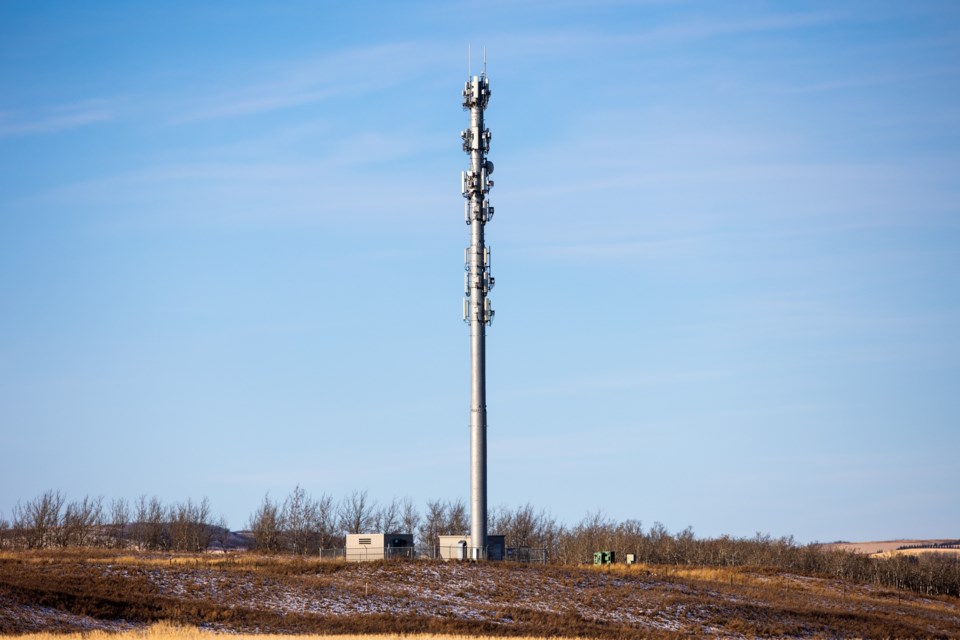There has been an overall improvement in internet and mobile connection in Canada, but rural and remote areas are still waiting, according to the chairperson for the Canadian Radio Television and Telecommunications Commission.
The office of the Auditor General of Canada answered questions from the Standing Committee on Public Accounts about Report 2, Connectivity in Rural and Remote Areas, on Oct. 5.
The report was initially tabled in the House of Commons on March 27, 2023.
Innovation, Science and Economic Development Deputy Minister Simon Kennedy gave an update on what the ministry has been doing since June 2019, when the government released Canada's first connectivity strategy.
The strategy “included goals of connecting all Canadians by 2030 and interim goals of connecting 90 per cent of Canadians by 2021 to 98 per cent by 2026,” he said.
There has been $7.6 billion committed federally to that strategy since 2015, said Kennedy.
“That is an unprecedented amount,” he said.
In 2018, around 86 per cent of Canadian households had “access to broadband internet speeds of 50 megabits per second download, 10 megabits per second upload.”
“By the end of this year,” Kennedy continued, “We're anticipating that will grow to 94.6 per cent of households.”
Kennedy said in 2018 around 42 per cent of rural households had access to those speeds and by the end of the year 71 per cent of households should have access.
First Nations coverage is also expanding significantly, said Kennedy, and that coverage is slated to hit 50 per cent coverage of broadband this year.
“Not only did we exceed our first goal of 90 per cent coverage by 2021, but we're also on track to surpass our next goal of 98 per cent by 2026,” he said.
Karen Hogan from the auditor general's office answered questions from the committee.
Hogan said this audit had looked at whether Innovation Science and Economic Development Canada and the Canadian Radio Television and Telecommunications Commission (CRTC) had improved the accessibility, affordability, and quality of high-speed internet and mobile cellular connectivity for Canadians in rural and remote areas.
“We found that overall access to internet and mobile cellular services had improved across the country since our last audit in 2018. However, the federal government strategy has yet to deliver results for many rural and remote communities and First Nations reserves,” she said.
Hogan also noted there have been delays in approval for projects in rural and remote areas.
“The final approval for requests presented for the fund for the CRTC took, on average, two years," she said. "The delays indicate that 1.4 million households that are poorly serviced still do not have the service and are still waiting on it.”
NDP Edmonton Griesbach MP Blake Dejarlais asked the chair about the delay in application decisions.
“I have actually met with many folks who have applied — particularly Indigenous communities from northern Alberta who have applied to the CRTC broadband fund and have never received a response, so it's quite serious and it's quite concerning.
“My question is to the CRTC chairperson: do you agree that it's a bad business practice to keep applicants waiting for more than two years?” he asked.
Vicky Eatrides, chairperson and chief executive officer for the CRTC said they agree it has taken too long in the past and they are doing better.
Initially it took the CRTC 10-1/2 months from the proposal period to making decisions on applications and that has dropped to six months.
“We've also launched a public consultation to see how we can … make that process easier for people who are applying to us, how can we better engage them. What kind of special streams can we have, for example, for Indigenous communities, so we're doing a lot of work to get better on that front,” she said.
Conservative Dauphine-Swan River-Neepawa MP Dan Mazier grilled the government on reliable cellular service.
“What year does the government plan to connect all Canadians and major roadways with reliable cellular service?” he asked.
Kennedy said the current plan is to focus on broadband access.
“There are funds that have been provided through the Strategy for Mobile," he said. "At this point we're working to deploy those funds but it is clear that more funding will be required to kind of connect all major roadways with cellular coverage."
Mazier pushed harder.
“Let me rephrase this," he said. "The auditor general stated in a report that the government's connectivity strategy, and I quote, 'did not include targets for mobile cellular connectivity,' so, has that changed?”
Kennedy said they believe cellular coverage along major roads and critical areas is important, but the focus has been on wireline.
“At the moment, there is not a target for cellular coverage, but there is an element of the plan that's focused on cellular coverage, and we have some resources that we're deploying now to that end,” he said.
The full meeting, which lasted over two hours, can be found on the House of Commons website. There are two more reports on connectivity in rural and remote areas.



